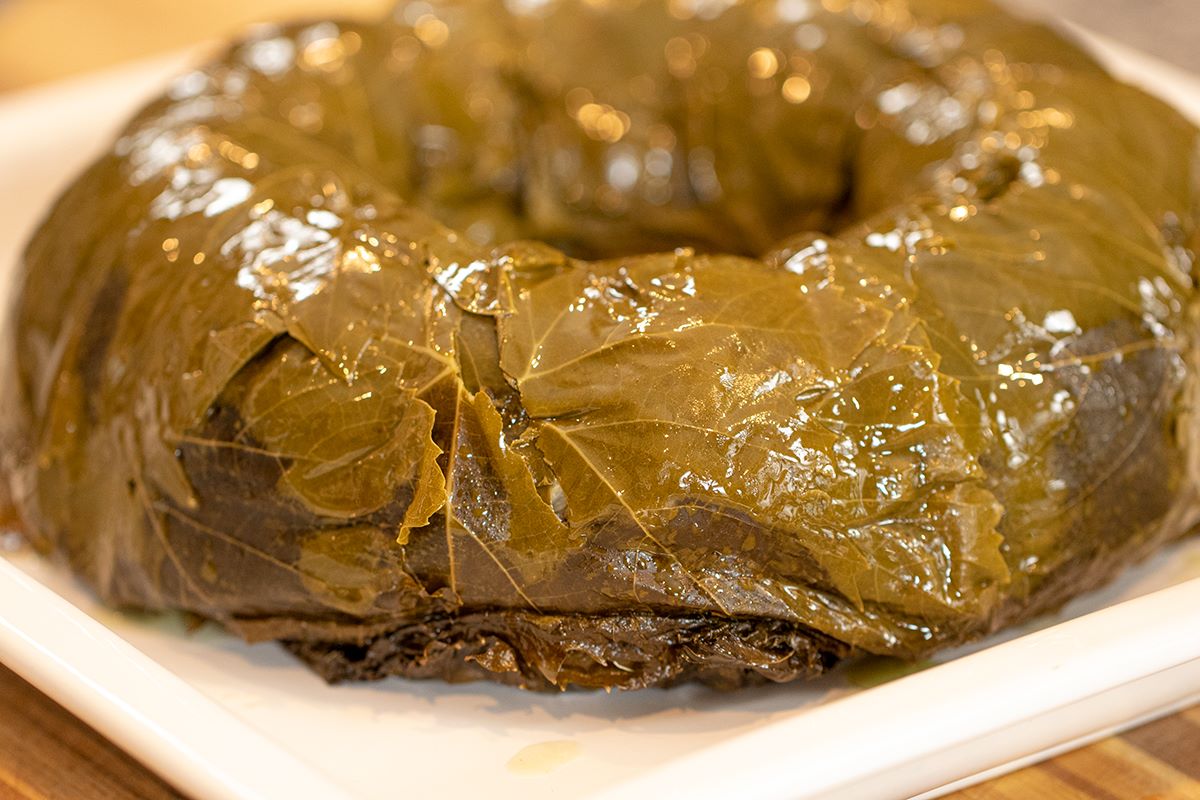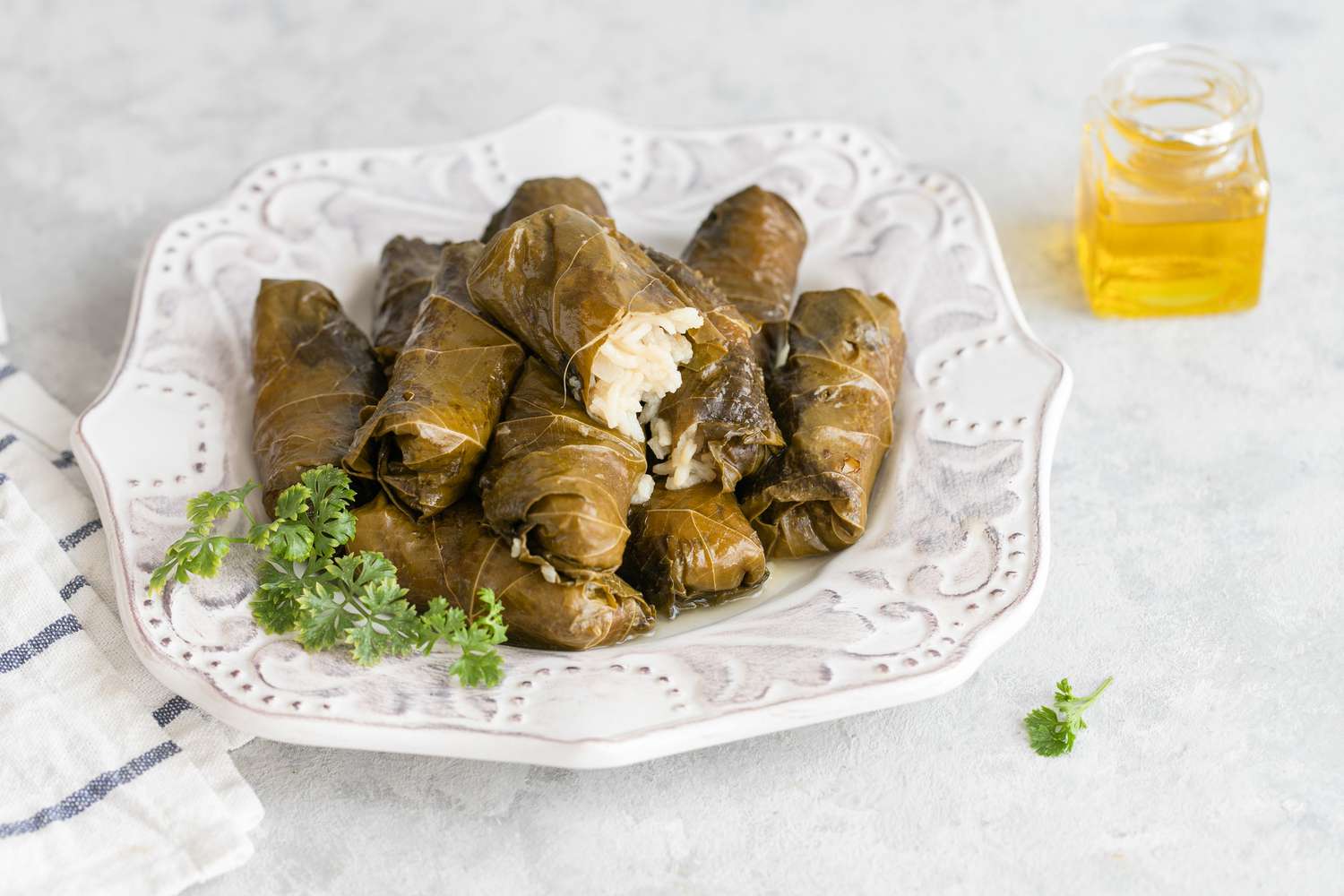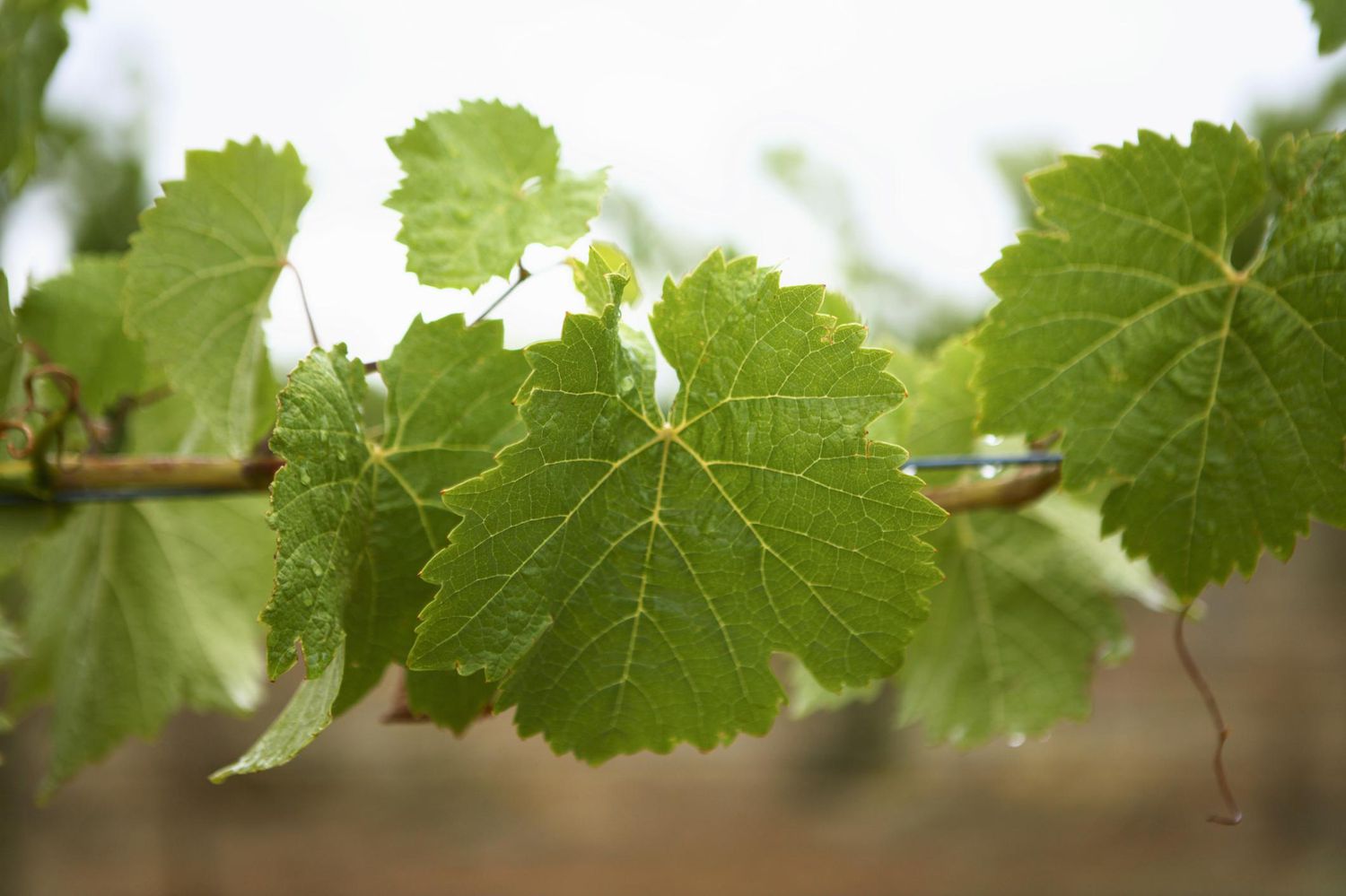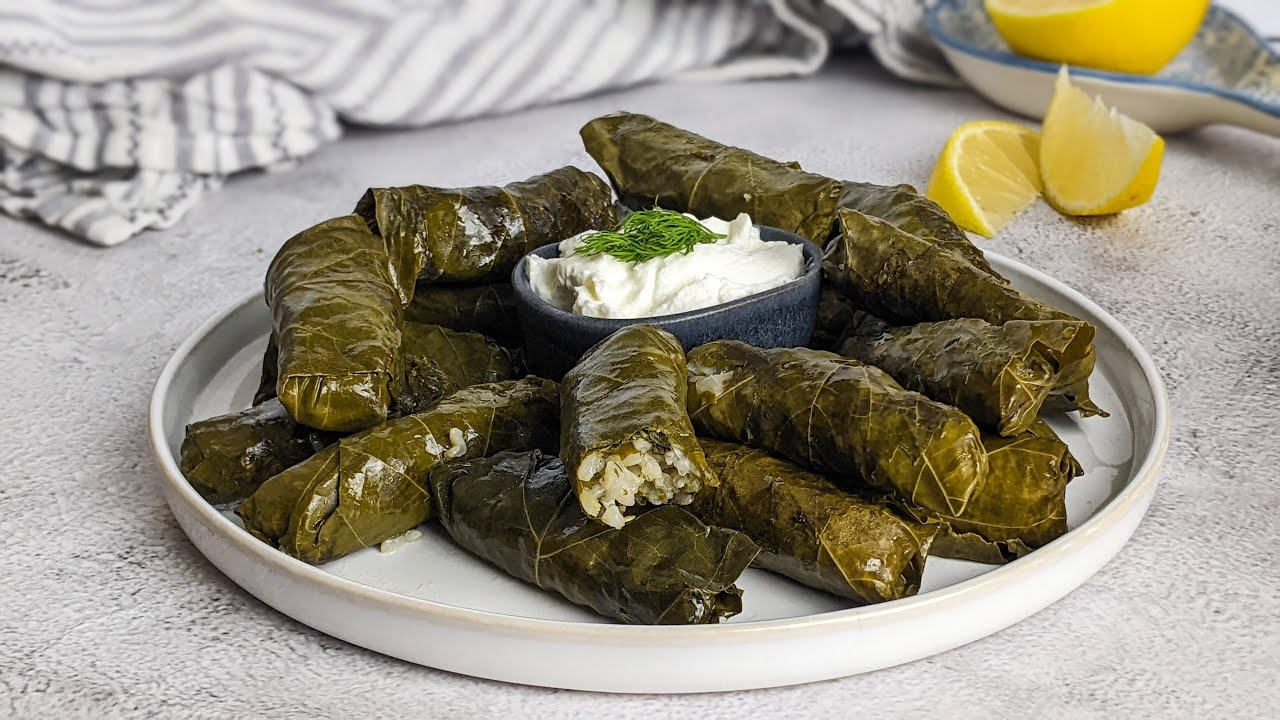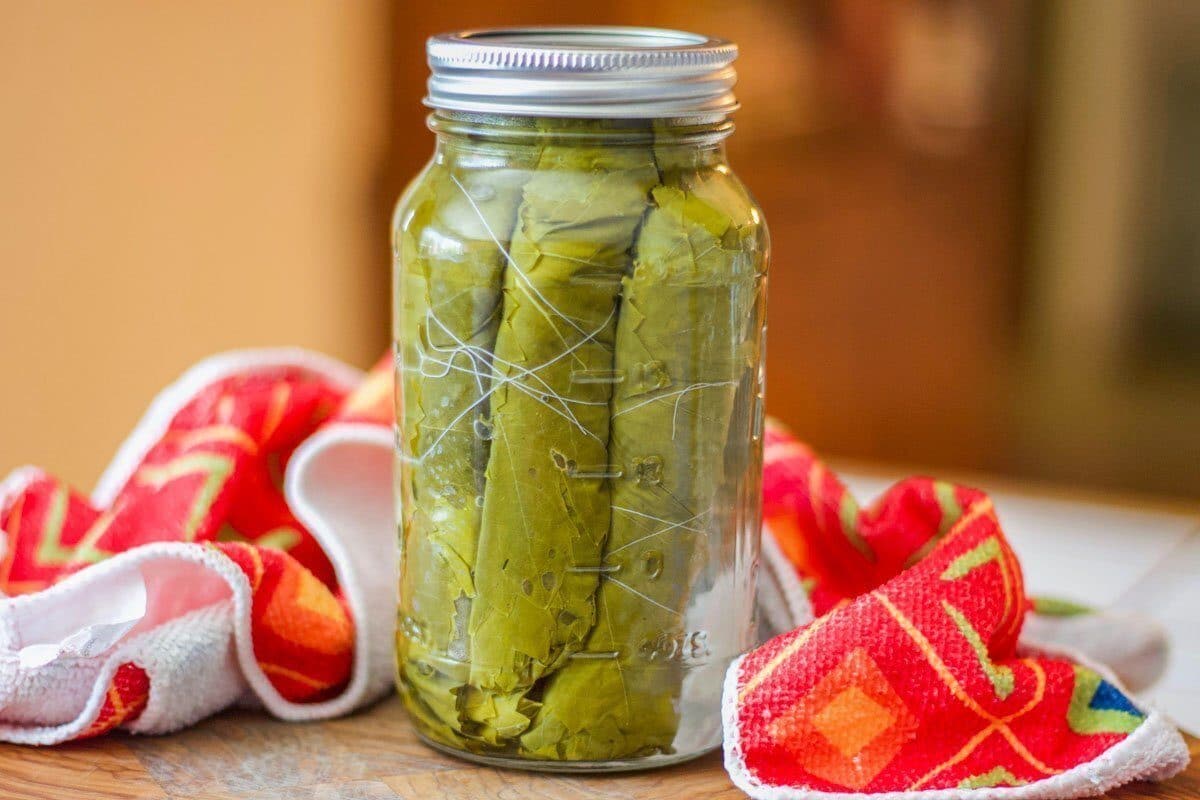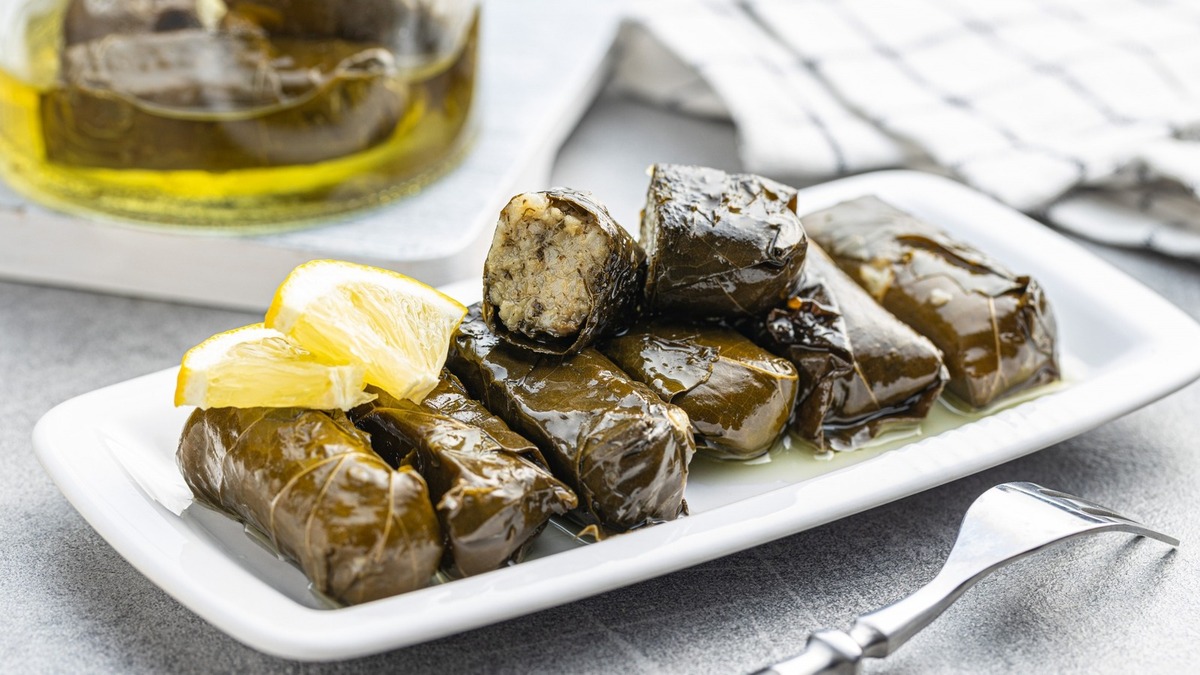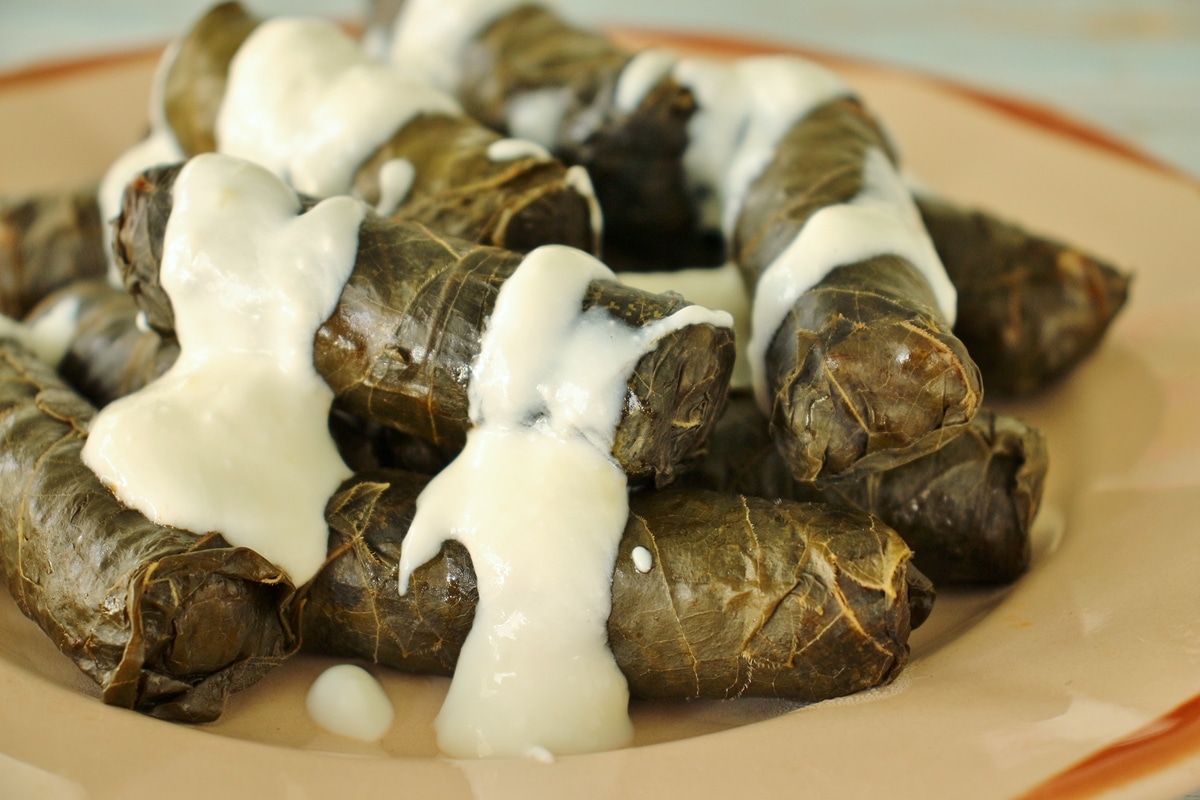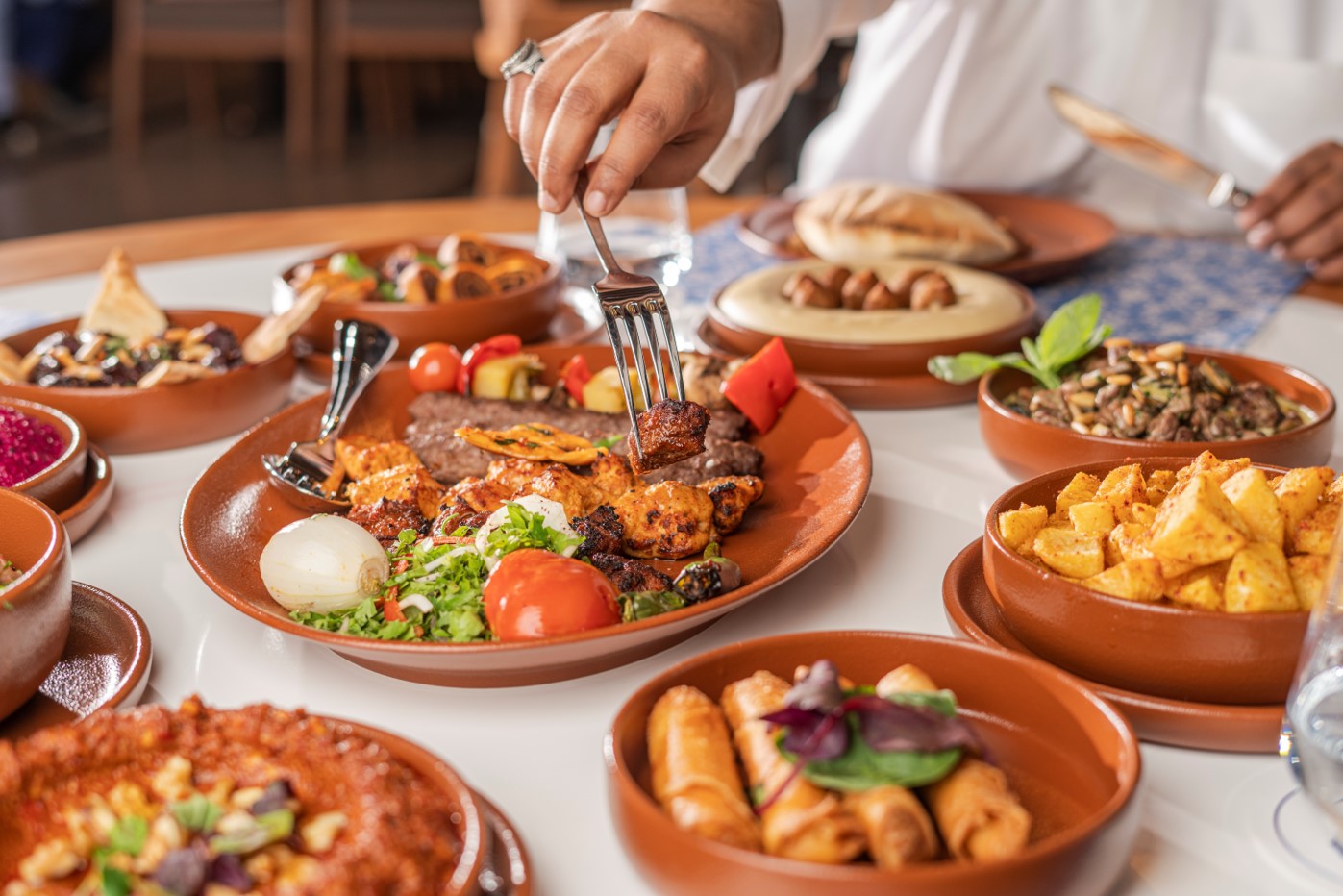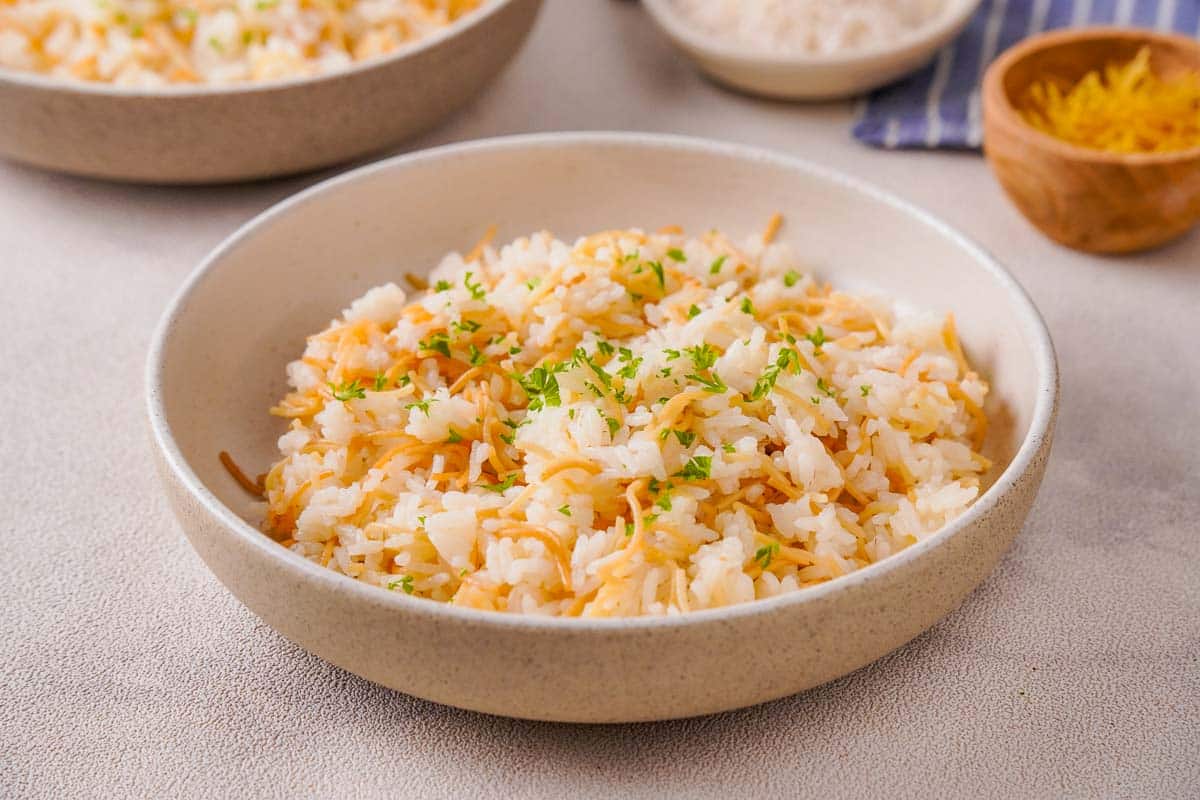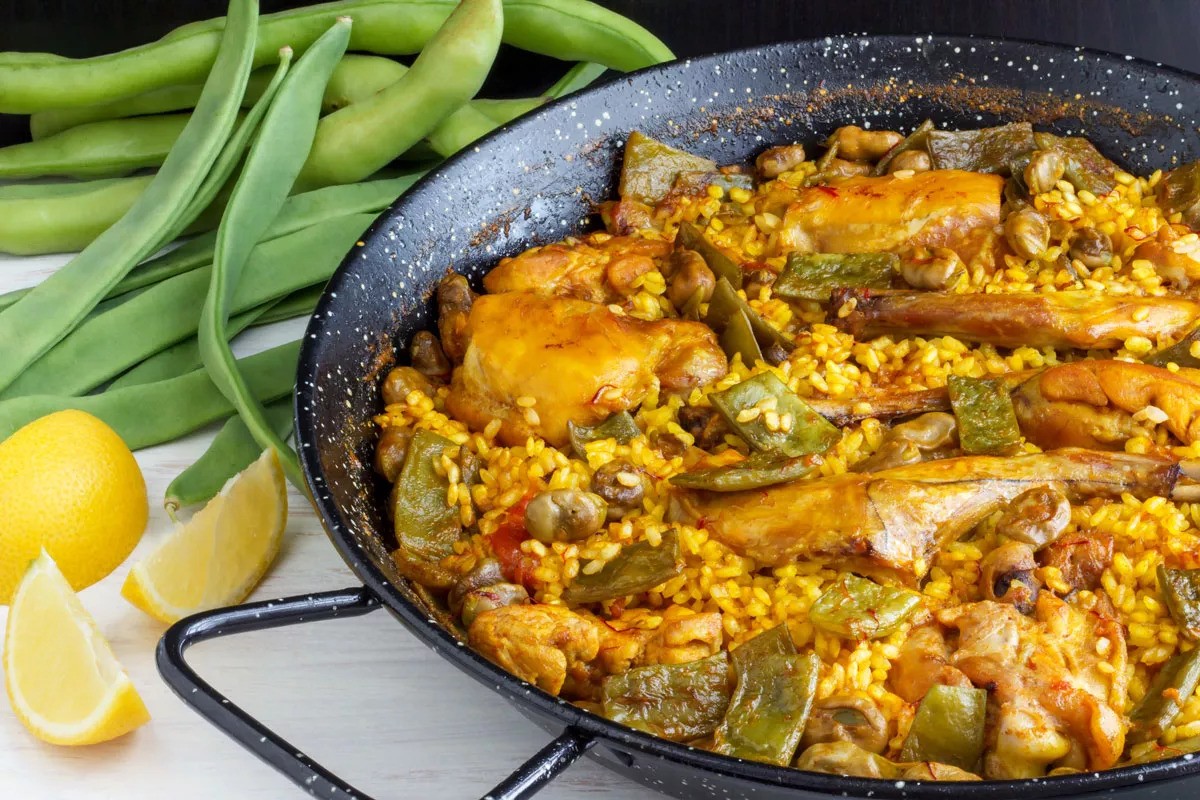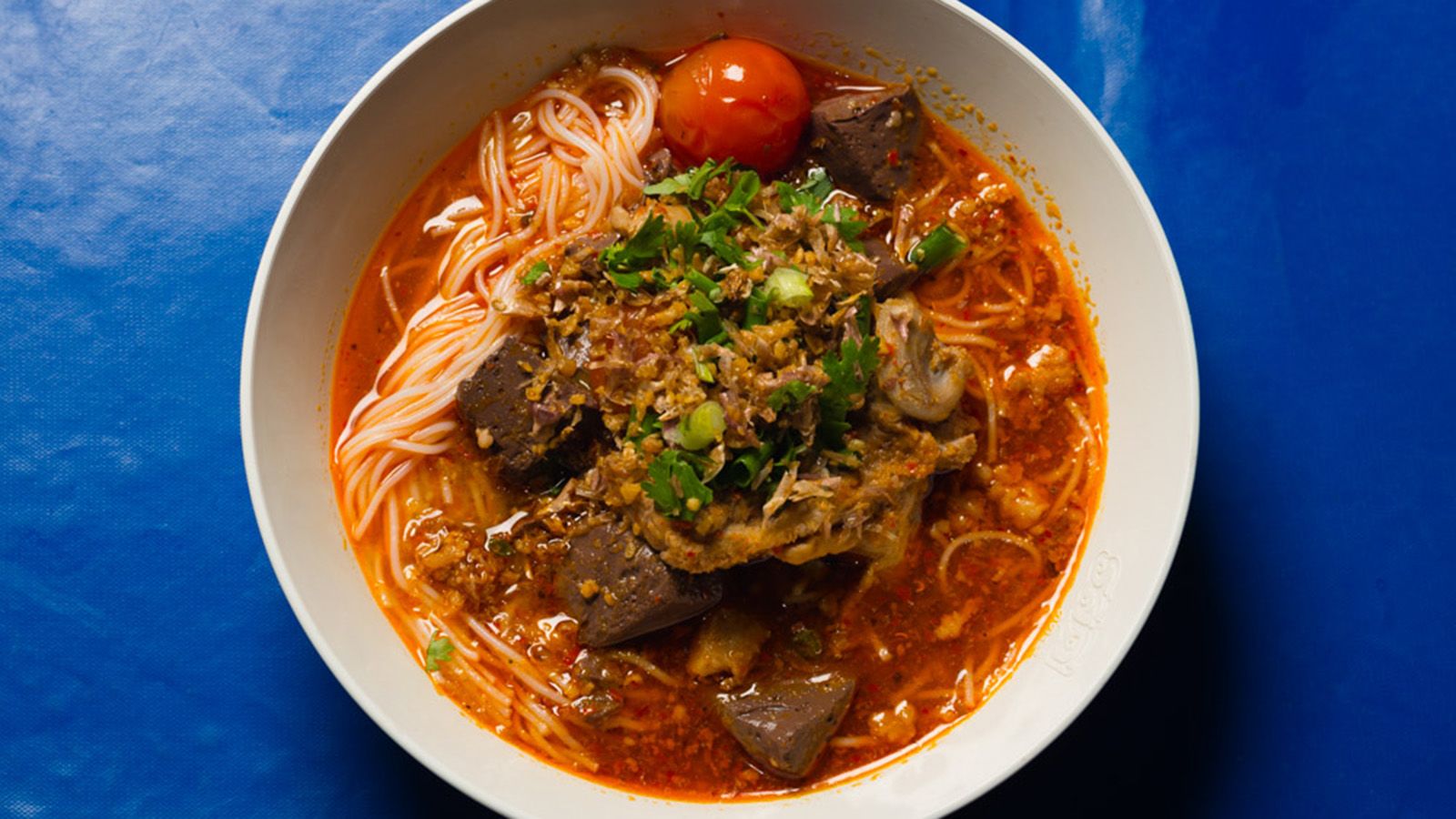Stuffed grape leaves, known by many names worldwide, offer a delicious glimpse into diverse culinary traditions. From the Mediterranean's dolmas to the Middle Eastern warak enab, these flavorful parcels showcase regional ingredients and techniques. Each culture adds its unique twist, whether it's the Greek version with rice and herbs or the Turkish style featuring minced meat and spices. This dish not only highlights the versatility of grape leaves but also the creativity of home cooks everywhere. Join us as we explore the global interpretations of this beloved dish, celebrating the rich tapestry of flavors and stories behind each variation.
Essential Ingredients for Perfect Stuffed Grape Leaves
Global Interpretations of Stuffed Grape Leaves
Mediterranean Style:
- Grape leaves (fresh or jarred)
- Rice (short-grain)
- Onion (finely chopped)
- Tomatoes (diced)
- Parsley (chopped)
- Mint (chopped)
- Olive oil
- Lemon juice
- Salt
- Pepper
Middle Eastern Style:
- Grape leaves (fresh or jarred)
- Rice (short-grain)
- Ground lamb or beef
- Onion (finely chopped)
- Tomatoes (diced)
- Pine nuts
- Allspice
- Cinnamon
- Olive oil
- Lemon juice
- Salt
- Pepper
Greek Style (Dolmades):
- Grape leaves (fresh or jarred)
- Rice (short-grain)
- Onion (finely chopped)
- Dill (chopped)
- Mint (chopped)
- Pine nuts
- Currants
- Olive oil
- Lemon juice
- Salt
- Pepper
Turkish Style (Yaprak Sarma):
- Grape leaves (fresh or jarred)
- Rice (short-grain)
- Onion (finely chopped)
- Tomatoes (diced)
- Dill (chopped)
- Mint (chopped)
- Currants
- Pine nuts
- Olive oil
- Lemon juice
- Salt
- Pepper
Armenian Style:
- Grape leaves (fresh or jarred)
- Rice (short-grain)
- Ground lamb or beef
- Onion (finely chopped)
- Tomatoes (diced)
- Parsley (chopped)
- Mint (chopped)
- Olive oil
- Lemon juice
- Salt
- Pepper
Persian Style (Dolmeh Barg):
- Grape leaves (fresh or jarred)
- Rice (short-grain)
- Ground lamb or beef
- Onion (finely chopped)
- Split peas
- Dill (chopped)
- Mint (chopped)
- Tarragon (chopped)
- Olive oil
- Lemon juice
- Salt
- Pepper
Tools You Need for This Culinary Adventure
Tools Needed for Global Interpretations of Stuffed Grape Leaves
- Large Pot: For blanching grape leaves.
- Mixing Bowl: To combine filling ingredients.
- Sharp Knife: Chopping herbs and vegetables.
- Cutting Board: Prepping ingredients.
- Measuring Cups and Spoons: Accurate ingredient measurements.
- Wooden Spoon: Mixing fillings.
- Saucepan: Cooking the filling.
- Tongs: Handling hot grape leaves.
- Lemon Squeezer: Extracting fresh lemon juice.
- Rolling Mat or Clean Towel: Rolling grape leaves.
- Large Baking Dish: Arranging stuffed leaves for cooking.
- Aluminum Foil: Covering the dish while baking.
- Serving Platter: Presenting the finished dish.
- Small Bowls: Serving dipping sauces or accompaniments.
Stuffed grape leaves, known as dolma, vary globally. Middle Eastern versions use rice, pine nuts, and spices, while Greek dolmades often include ground meat, rice, and herbs like dill and mint.
Why This Recipe is a Must-Try
Stuffed grape leaves, known as Dolma in Turkish or Dolmades in Greek, embody a culinary tradition that spans across various cultures, each adding its unique twist. This dish's versatility allows for countless interpretations, from savory meat fillings to vegetarian options, showcasing the rich tapestry of global cuisines.
In many cultures, preparing stuffed grape leaves is a communal activity, bringing families and friends together. This practice not only preserves culinary heritage but also fosters a sense of community and belonging. Through these shared experiences, the dish becomes more than just food; it's a celebration of cultural identity and unity.
Step-by-Step Guide to Mastering Stuffed Grape Leaves
Global Interpretations of Stuffed Grape Leaves
-
Selecting Ingredients
- Grape Leaves: Fresh or jarred, ensuring they are intact and pliable.
- Rice: Short-grain for its sticky texture, aiding in the filling's cohesion.
- Proteins: Options vary from ground lamb, beef, to plant-based alternatives for vegetarian versions.
- Herbs and Spices: Dill, mint, and parsley are popular, with spices like allspice, cinnamon, and black pepper adding depth.
-
Preparation of Grape Leaves
- Rinse leaves thoroughly, fresh ones need blanching in boiling water for a few seconds to soften.
- Jarred leaves just require rinsing under cold water to remove brine.
-
Making the Filling
- Mix chosen protein with washed rice, finely chopped herbs, spices, and a drizzle of olive oil.
- For vegetarian versions, increase the variety of herbs and possibly add pine nuts or raisins for texture and sweetness.
-
Assembling
- Lay a grape leaf flat on a work surface, shiny side down.
- Place a small amount of filling near the stem end, not overfilling to allow for rice expansion.
- Fold in the sides and roll tightly from the stem end upwards, ensuring the roll is secure but not too tight.
-
Cooking
- Arrange rolls seam side down in a pot, tightly packed to prevent unraveling during cooking.
- Pour a mixture of water, lemon juice, and olive oil over the rolls, just enough to cover.
- Place a plate on top of the rolls to keep them submerged, then bring to a simmer.
- Cook covered on low heat until the rice is fully cooked, usually around 40-60 minutes depending on size.
-
Serving
- Serve hot or at room temperature, often with a side of yogurt or a lemon wedge.
- In some regions, a tomato-based sauce or a rich lemon and egg sauce might accompany the dish.
Cultural Variations
- Middle Eastern Versions: Often feature lamb and beef, with a focus on spices like allspice and cinnamon.
- Greek Dolmades: Typically vegetarian, with an emphasis on fresh dill and mint, often served with a lemony egg sauce called avgolemono.
- Turkish Sarma: Can be sweet or savory, with some versions including currants and pine nuts for a sweet contrast.
- Armenian Tolma: Incorporates a variety of meats and grains, with a distinctive seasoning blend that sets it apart.
H2: Bringing It All Together
Stuffed grape leaves, or dolmas, are a culinary treasure enjoyed worldwide. Each region adds its unique twist, from the Mediterranean to the Middle East. Whether filled with rice, meat, or herbs, these delicacies offer a taste of tradition and culture. Preparing them can be a labor of love, but the reward is a dish rich in flavor and history. Try experimenting with different ingredients and techniques to find your favorite version. Share this experience with friends and family, and you'll create not just a meal, but a memory. So, grab some grape leaves, gather your ingredients, and start rolling. Your taste buds will thank you!
Common Questions About Stuffed Grape Leaves
What are stuffed grape leaves called around the world?
Known by many names, stuffed grape leaves are a culinary delight that crosses borders. In Greece, they're called Dolmadakia, a term that's as fun to say as the dish is to eat. Head over to the Middle East, and you'll hear them referred to as Dolma or Warak Enab, showcasing the dish's versatility and widespread appeal.
How do different cultures prepare stuffed grape leaves?
Preparation styles vary as much as the names. Greeks often favor a mix of rice, herbs, and sometimes meat, all lovingly wrapped in tender grape leaves. Turkish versions, or Sarma, might include a tangy hint of lemon, while in the Middle East, a generous dose of spices gives Dolma its distinctive flavor. Each region adds its own twist, making this dish a global tapestry of culinary tradition.
Can vegetarians enjoy stuffed grape leaves?
Absolutely! Many versions of stuffed grape leaves are naturally vegetarian, focusing on rice and a medley of herbs and spices for their filling. Some cultures even lean towards completely vegan recipes, ensuring everyone gets a taste of this delightful dish.
What's the secret to perfect stuffed grape leaves?
Patience and practice are key. Achieving that ideal balance of tender leaves and flavorful filling takes a bit of finesse. For many, the secret lies in the simmering process, where a slow cook in a flavorful broth allows all the ingredients to meld together beautifully.
Are there any quick tips for first-timers making stuffed grape leaves?
Start with patience and don't be afraid of trial and error. Many recommend using jarred grape leaves for convenience, as they're already brined and softened. Ensure your filling isn't too dense; give it room to expand. Lastly, keep those rolls snug but not too tight – they need space to breathe and cook evenly.
What makes stuffed grape leaves a global favorite?
Their versatility and the joy of discovery they bring to the table make stuffed grape leaves a beloved dish worldwide. From the tangy zest of lemon in Greek Dolmadakia to the rich spices found in Middle Eastern Dolma, there's a version of this dish to suit every palate. Plus, they're a wonderful way to bring people together, sharing in the preparation and enjoyment of a meal that has roots in many cultures.
